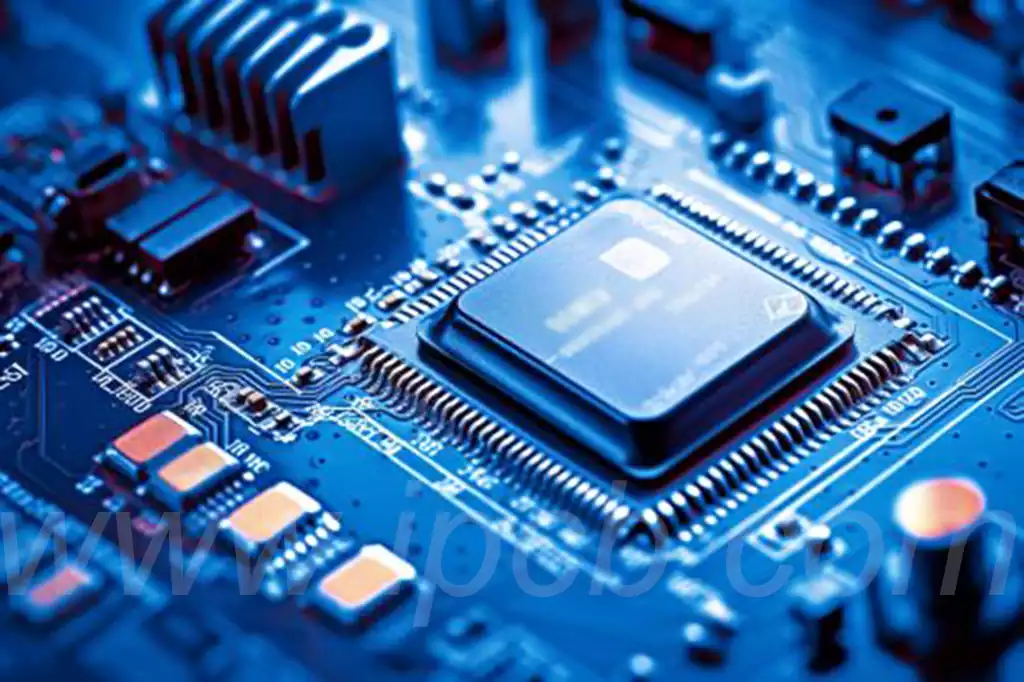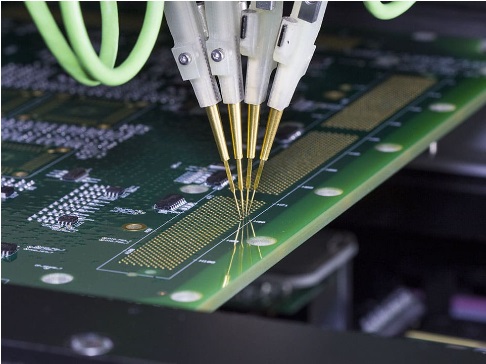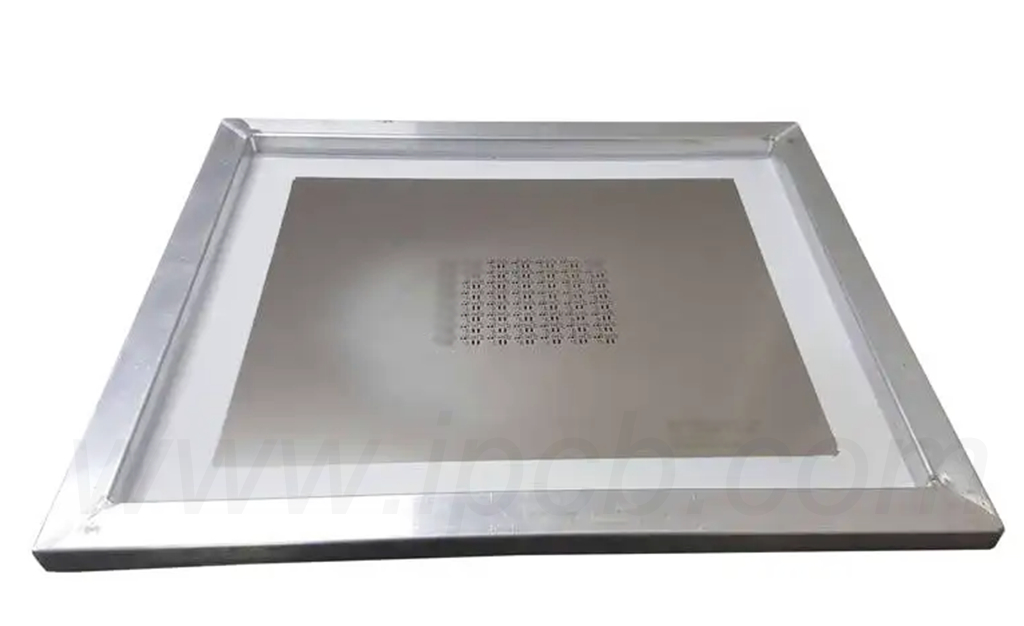A PCB capacitor is an electronic component in which a capacitor is mounted directly onto a printed circuit board (PCB). It is mainly used to store charge and release it when needed to provide stable voltage and current, thus ensuring the normal operation of the circuit. Compared with traditional capacitors, printed circuit board capacitors have the advantages of small size, high integration and good reliability, so they are widely used in modern electronic equipment.
The key role of circuit board capacitors in PCB design
Filtering function: capacitors through the charging and discharging process, can filter out high-frequency noise or DC bias in the circuit, so as to make the signal in the circuit is smoother, improve the purity and stability of the signal.
Coupling and decoupling function: in the AC signal processing circuit, the coupling capacitor is used to connect the signal source with the signal processing circuit or as the inter-stage connection between amplifiers to realize DC isolation, allowing AC signals or pulse signals to pass through, to ensure that the front and rear amplifier circuits do not interfere with each other in the DC operating point.
Tuning function: the tuning capacitor is connected to the oscillating coil of the oscillating circuit, and is used to select a specific oscillation frequency.
Compensation function: The compensation capacitor is used as an auxiliary to the main capacitor of the resonant circuit, and by adjusting the capacitor, the frequency range of the oscillating signal can be broadened.
Neutralization function: The neutralization capacitor is connected in parallel between the base and the emitter of the triode amplifier to form a negative feedback network, effectively suppressing the self-excited oscillation caused by the triode’s inter-pole capacitance.
Frequency stabilizing function: in the oscillation circuit, the frequency stabilizing capacitor plays the role of stabilizing the oscillation frequency.
Acceleration function: the acceleration capacitor is connected in the feedback circuit of the oscillator, which can accelerate the positive feedback process and improve the amplitude of the oscillation signal.
Pre-emphasis function: the pre-emphasis capacitor constitutes the RC high-frequency component boosting network, which is designed to prevent the audio modulation signal from being damaged due to crossover frequency attenuation and loss during processing.
Energy storage function: capacitors have the ability to store and release charge, so in the circuit board can play the role of energy storage, to provide a temporary power supply or to realize the filtering function.
Impedance Regulation: Capacitors exhibit different impedance characteristics at different frequencies, which can be used to regulate the frequency response of a circuit or to achieve impedance matching. This is particularly critical in applications such as secondary multiplexed outputs, where attention needs to be paid to the equivalent series resistance (ESR) of the capacitor.
Startup and Maintenance Functions: Capacitors can be used as startup or maintenance elements for circuits, for example, playing a key role in the startup circuits of electronic lamps or motors.

Precautions for using electrolytic capacitors in PCB circuit design.
Electrolytic capacitors have positive and negative polarity, so their connections in a circuit should never be reversed. In power supply circuits, when a positive voltage is output, the positive terminal of the electrolytic capacitor should be connected to the output terminal of the power supply, and the negative terminal should be grounded. Conversely, when a negative voltage is output, the negative terminal is connected to the output terminal and the positive terminal is grounded. If connected incorrectly, the filtering effect will be greatly reduced, which will not only lead to power supply output voltage fluctuations, but also the electrolytic capacitor will heat up due to reverse energization and its equivalent resistance will change. When the reverse voltage exceeds a certain value, the reverse leakage resistance of the capacitor decreases significantly, causing the capacitor to burst and be damaged due to overheating shortly after energization.
In addition, the voltage applied to both ends of the electrolytic capacitor must be controlled within its allowable operating voltage range. In the actual circuit design process, various factors should be taken into account to allow a certain margin for the voltage to ensure the stable operation of the PCB voltage regulator.
When selecting filter capacitors, they need to be determined according to the actual situation. For example, when the AC power supply voltage of 220V, the transformer secondary rectifier voltage can reach 22V, at this time the selection of voltage withstand value of 25V electrolytic capacitors can usually meet the requirements. However, if the AC supply voltage fluctuation is large, may exceed 250V, then it is best to choose the withstand voltage value of 30V or higher electrolytic capacitors to ensure its stable operation.
In addition, electrolytic capacitors should be kept away from high-power PCB heating elements in the circuit to prevent the electrolyte from drying out due to heat and affecting its performance.
For the filtering of positive and negative polarity signals, two electrolytic capacitors of the same polarity can be used in series as non-polarized capacitors.
Finally, it should be noted that the capacitor shell, auxiliary lead terminals must be completely isolated from the positive pole, negative pole and circuit board to ensure the safe and stable operation of the circuit.
Printed circuit board capacitors play an important role in modern electronic equipment as a key component to enhance circuit performance. Through the reasonable selection and use of pcb capacitors, we can effectively suppress the noise and interference in the circuit, improve the response speed and stability of the circuit, reduce heat dissipation and other issues, thus ensuring the stable operation and performance of the entire electronic equipment.



